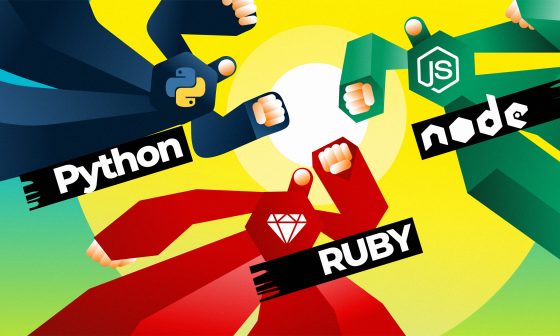As a programmer delving into the realm of CS:GO (Counter-Strike: Global Offensive) game servers, one must navigate a complex landscape of technologies, optimizations, and intricate details. To understand this, it is not enough to know how to change the skin, even if you have a couple obtained using a Farmskins promo code. This article aims to provide a comprehensive exploration of the nuances that define CS:GO game servers, shedding light on the technical aspects that make them the backbone of the gaming experience.
**1. Understanding the Server Architecture:
- At the core of CS:GO’s multiplayer functionality lies a client-server architecture. Servers act as the authoritative source, managing game state, player actions, and communication. Understanding this structure is fundamental to developing and optimizing server-side functionalities.
**2. Tick Rates and Server Updates:
- In the context of CS:GO, tick rate refers to the number of updates a server sends to clients per second. Higher tick rates result in smoother gameplay but demand more server resources. Programmers must strike a balance between responsiveness and resource efficiency, considering factors like network latency and server load.
**3. Player Actions and Server-Side Validation:
- CS:GO’s competitive nature requires meticulous server-side validation of player actions to maintain fair and cheat-free gameplay. Implementing effective anti-cheat measures, hitbox validation, and ensuring a consistent experience for all players are crucial aspects of server-side programming.
**4. Network Protocol and Optimization:
- Efficient communication between clients and servers is paramount for a responsive gaming experience. Programmers delve into the intricacies of the network protocol, optimizing data exchange, minimizing latency, and implementing techniques like lag compensation to reconcile disparities between server and client states.
**5. Game Modes and Server Configurations:
- CS:GO offers diverse game modes, each with unique server configurations. Programmers must adapt server-side logic to accommodate game-specific rules, objectives, and player interactions. Custom game modes further challenge programmers to innovate within the established CS:GO framework.
**6. Modding and Community Servers:
- The CS:GO community thrives on creativity, with numerous modding and custom server initiatives. Programmers engaging in community server development navigate a dynamic landscape, collaborating with modders and integrating user-generated content while maintaining server stability and security.
**7. Scaling and Load Balancing:
- As player demand fluctuates, server scaling and load balancing become critical considerations. Programmers delve into strategies for dynamic server allocation, load distribution, and resource optimization to ensure a seamless experience during peak times.
**8. Server-Side Scripting and Plugins:
- Enhancing server functionality often involves server-side scripting and plugin development. Programmers proficient in languages like SourcePawn extend server capabilities, introducing new features, game mechanics, and server-side logic.
Conclusion:
- The world of CS:GO game servers is a dynamic and multifaceted landscape that demands expertise in server architecture, networking, and gameplay mechanics. Programmers navigating this domain play a pivotal role in shaping the player experience, ensuring smooth, cheat-free, and engaging gameplay in one of the most iconic first-person shooters of our time. As technology evolves, so too will the challenges and opportunities for those committed to the intricate art of CS:GO game server programming.

